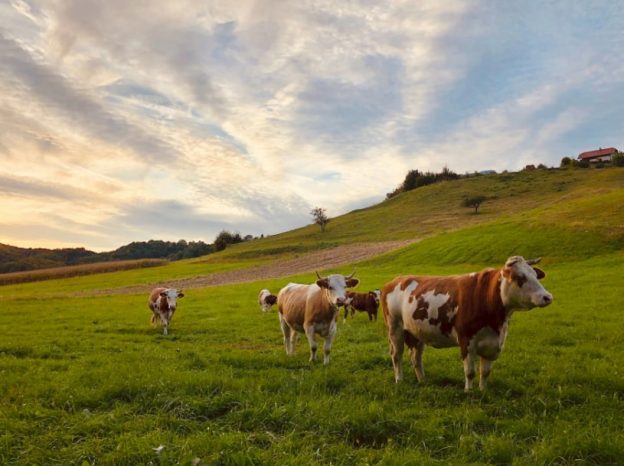We are a family-run agricultural business that has been working for over seven decades. Our team supplies a wide range of products to suit a multitude of requirements. This includes the likes of animal feed, toys, trailers, and much more. If there is something in particular you need, feel free to ask us.
Throughout the next few years, food production would need to nearly double. This is both to meet the requirements of the world population and the global need for protein. Such demands are putting pressure on the livestock industry to maximise its output. At the same time, it needs to lower the use of resources.
Increasing feed costs
One of the largest obstacles for animal nutrition and the feed industry would be the increasing costs. This can account for as much as 70% of all production expenses. Moreover, roughly 25% of the nutrients available can’t be fully used by the animal. This is because of anti-nutritional elements within the animal feed.
These days, the main challenge of nutritionist experts in this industry is to lower the indigestible fraction. Also, they have to maximise feed efficiency on economic and nutritional factors. They frequently vary and could be distinct for separate production systems.
Scientific innovation is essential for the future of protein production and animal nutrition. There are certain key areas of focus here for improving feed and animal efficiency. One area consists of supplying supplemental feed that holds exogenous enzymes. They help with digestion by promoting nutrient releases that are usually unavailable to animals. This would improve the animal’s performance in a sustainable manner.
The purposes of enzymes
Enzymes, which are critical to life, serve a multitude of purposes. They are of particular importance to the feed industry due to their ability to break nutrients down. They speed up the rate of most chemical reactions that happen inside cells. As a result, they play an integral part in an animal’s digestive procedure.
It is true that an animal produces their own digestive enzymes. However, producers have made use of exogenous feed enzymes for many years. This is to utilise nutrients and enhance performance in animal feed.
Profitability and performance are usually the leading reasons for using feed enzymes. This is because they are the direct result of the augmented digestibility and improved availability of nutrients. Said nutrients include amino acids, carbohydrates, and phosphorous. In turn, there is an energy increase as well.
In addition, something else feed enzymes allow for is the use of a wider range of feedstuffs. This can allow for the flexibility in the creation of a diet. It does so by using alternate raw materials or non-conventional sources. The alternative sources are a direct consequence of the growing need for soybean meal, wheat, and corn.
A major issue is an increase in demand for grain has also increased the value. So, feed nutritionists and producers are seeking out alternative feedstuffs to minimise costs.
With non-conventional dietary sources though, they could not be as readily digestible. The animal might not have the endogenous digestive enzymes. As a result, they will gain less nutrition from the feed. Using exogenous enzymes to make this feed more digestible improves the nutritional level of the non-conventional feed sources.
Enzyme supplementation
During the last two decades, enzyme supplementation in the animal feed industry has developed and expanded. At present, the global market is predicted to be over US$1bn. Between 2019 and 2024, it could grow by an extra 8%. Enzymes within poultry feed has been the biggest segment. Swine and aquaculture industries follow it.
Early research that studied the role of enzymes in poultry nutrition already happened in the 1920s. The R&D evolution was ongoing in the 50s and 60s when barley diets were common. In the 80s and 90s, research focused on a superior understanding of NSPs in fibre and their influence on animal performance. Something else that became prevalent was the use of xylanase. During the late 90s, it became standard practice to use phytase.
There are advantages of supplying exogenous enzymes in feed. They include improvement in animal performance and feed conversion. Others are the use of lower-cost feed ingredients and the lowering of anti-nutritional elements. To get the most from your animal nutrition, it is essential to select the right enzyme that meets your needs.
Start doing business with us when you need animal feed
At JS Hubbuck Ltd, we make sure that customers have an easy source of top tier products. We started out by specialising in fertiliser. From there, we have grown to provide a myriad of other products. Whenever you need something, we want to be the supplier you choose to work with.
So, if you need animal feed, clothing, or other items, please let us know. We can help you to tick many items off your list.

